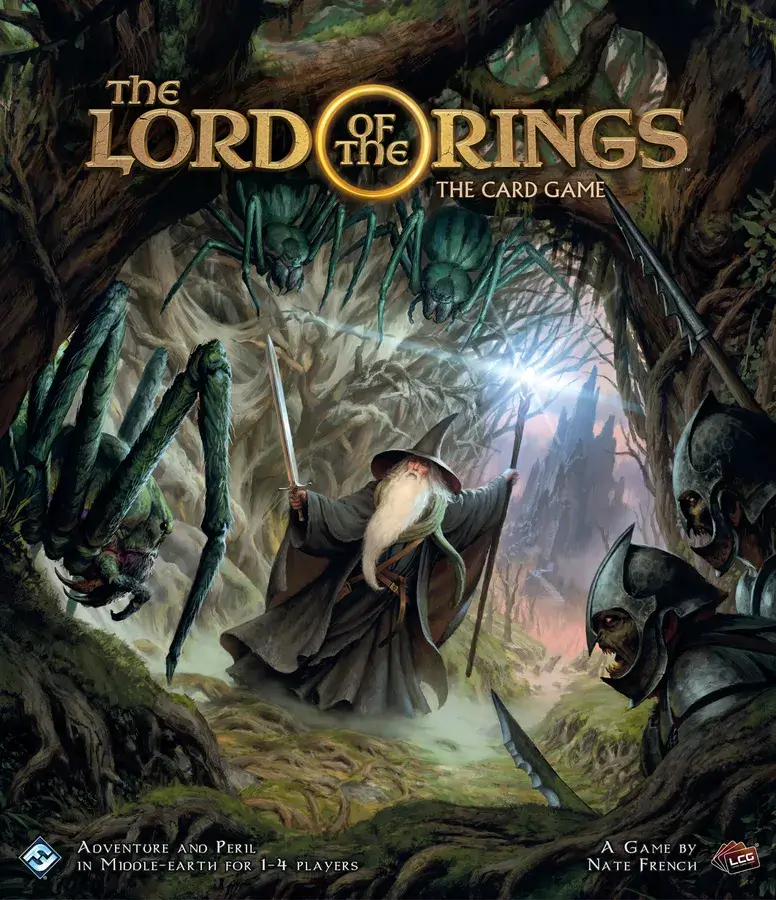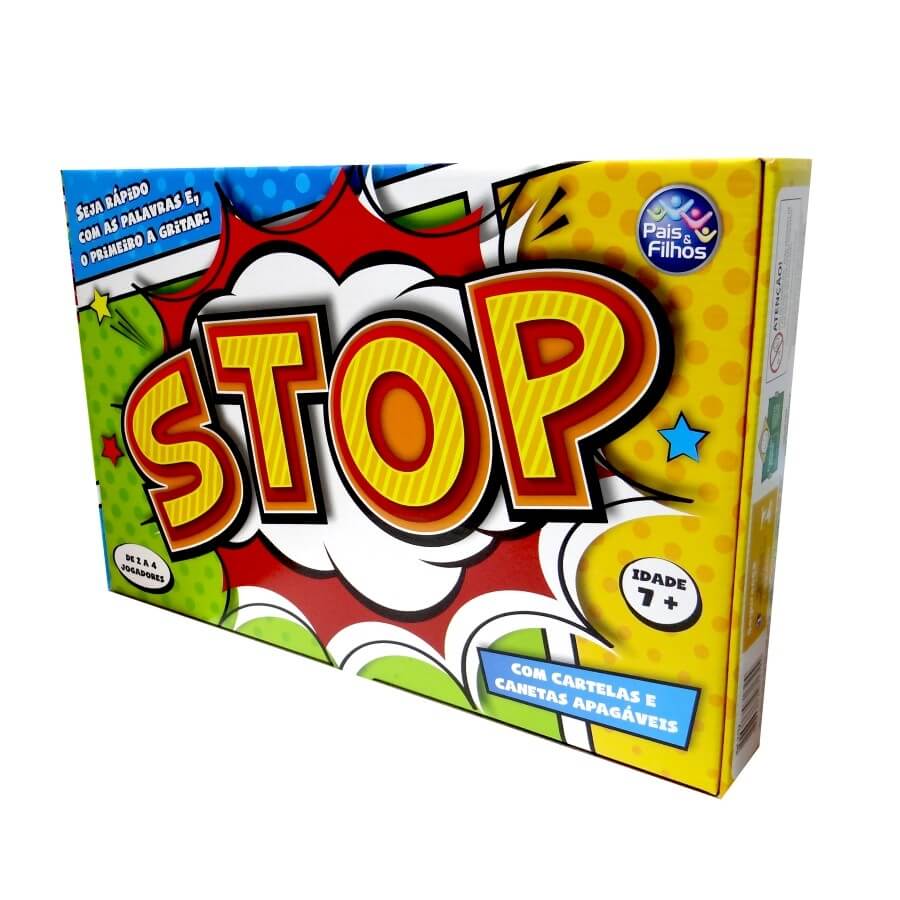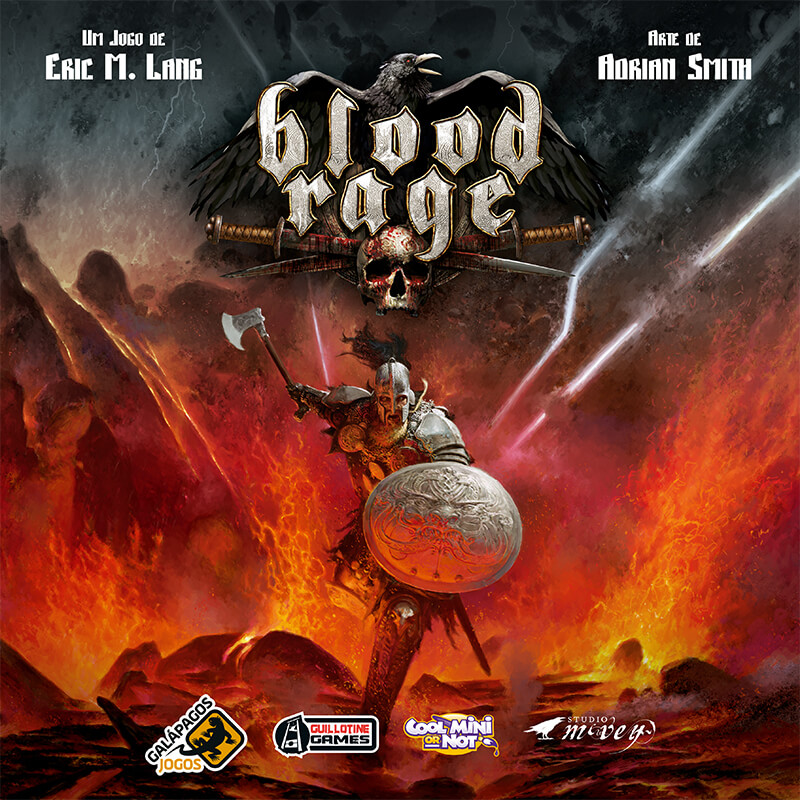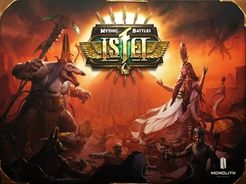
The Lord of the Rings: Card Game (Revised Core Set)
The Lord of the Rings: Card Game (Revised Core Set) provides an immersive and exciting experience in the universe created by J.R.R. Tolkien. In this revised version, players have the opportunity to explore iconic locations, such as the Dark Mountains and the city of Minas Tirith, while facing challenges that test their strategy and cooperation skills. Taking on the roles of legendary characters such as Frodo, Gandalf and Éowyn, participants must join forces to fight the growing shadow of Sauron. The game allows up to four players to team up on a dramatic journey, full of adventures and difficult decisions, or launch into solo missions if they prefer an individual challenge. The base box includes three unique scenarios, as well as a variety of new campaign cards that enrich the narrative and offer greater gameplay diversity. The game mechanics are designed to foster collaboration between players, making each match a new experience. With a complexity rating of 3.44 out of 5, The Lord of the Rings: Card Game is accessible to newcomers and veterans alike, guaranteeing hours of fun in the heart of Middle-earth.Artists: Even Mehl Amundsen; Erfian Asafat
Designers: Nate French;
Date: 2022
Note: 8.6
Mechanics: Scenario / Mission / Campaign, Cooperative, Automatic Resource Growth, Hand Management, Players with Different Skills, RPG, Solo
Topics: Adventure, Pop or Geek Culture, Fantasy, War
Table of Contents
- How to Play
- Tips for playing
- Game mechanics
- Game components
- Additional Information
OBJECTIVE OF THE GAME
Tips for playing
Here are some tips for doing better in the game The Lord of the Rings: Card Game (Revised Core Set):
- Balance the spheres of influence well when assembling your deck; this helps to maximize your available resources.
- Prioritize putting allies into play with entry effects that help in quests or battles.
- Use event cards to mitigate threats and maintain control over the game.
- Concentrate on fulfilling the objectives of the quests rather than trying to defeat all the enemies at the start.
- Manage your threat well; a high threat can quickly lead to disaster.
- Use support cards to strengthen heroes and allies at critical moments.
- Make sure you have a good variety of cards that can deal with different types of challenges.
- Update your deck with new cards as you go, adapting to the situations that arise.
- Synergy between cards is key; create powerful combinations to maximize your potential.
- Always be aware of your heroes' abilities and maximize their use during each turn.
Video about the game
GAME mechanics
- Deck building: Each player creates a personalized deck using cards from the various sets available. The cards are divided into types such as Allies, Events and Attachments. Players must build their decks strategically to face the challenges of the missions, respecting the rules of construction, such as the limit of copies of identical cards and affinity with the chosen Heroes.
- Bags and parts: The game uses physical tokens to represent resources, damage and progress. Resources are accumulated each round and are essential for playing cards and activating abilities. Damage tokens are used to monitor characters' health, while progress tokens mark progress in missions.
- Cooperative: Players work together against the game system, facing challenges and completing missions. Communication and strategic planning between players are essential for combining skills and overcoming the obstacles imposed by the encounter deck.
- Hand Management: Players must decide which cards to keep and which to use each turn, as each card played costs resources. Managing the hand efficiently is crucial to optimizing the performance of heroes and allies and maintaining an advantage over the game.
- Players with Different Skills: Each player can choose heroes with unique abilities that complement each other during the game. This diversity allows players to play different roles, such as attacking enemies, defending or exploring locations, encouraging strategic collaboration.
- Automatic Resource Growth: At the start of each round, players automatically receive resources based on the number of heroes they control. These resources are essential for playing cards and activating abilities, requiring the player to carefully plan what to do each turn.
- Scenario / Mission / Campaign: The game features different scenarios that create the narrative structure of the adventure. Each scenario has its own victory and defeat conditions, with unique card sets that introduce new challenges and enemies, providing different levels of difficulty and variability in matches.
- RPG: The game incorporates RPG elements such as character development, narrative exploration and tactical decision-making. Players take on the roles of heroes in Middle-earth, facing moral dilemmas and making choices that impact the course of the story.
- Solo: The game allows a single person to play against the system, adjusting challenges and strategies to win missions. The solo mechanic maintains the cooperative essence by allowing the player to control multiple heroes, making it essential for players who prefer to play without a team.
Game components
See all the items in the game below The Lord of the Rings: Card Game (Revised Core Set):
- 1 instruction manual
- 1 quick reference guide
- 188 character cards
- 12 letters from leaders
- 84 ally cards
- 10 goal cards
- 3 adventure cards
- 16 benefit and penalty letters
- 57 resource tokens
- 66 damage tokens
- 66 advance tokens
- 4 threat markers
- 1 first player indicator
Additional Information
- Ludopedia link: https://ludopedia.com.br/jogo/the-lord-of-the-rings-the-card-game-revised-core-set
- Link Tabletopia:
- Amazon Brazil link: Comprar O Senhor dos Anéis: Card Game (Revised Core Set)
- Amazon USA link: Comprar O Senhor dos Anéis: Card Game (Revised Core Set)


